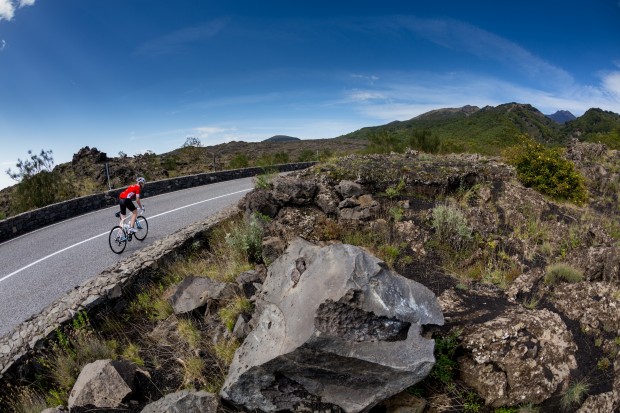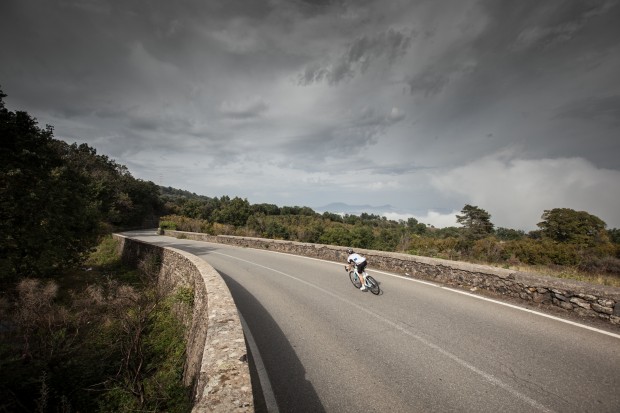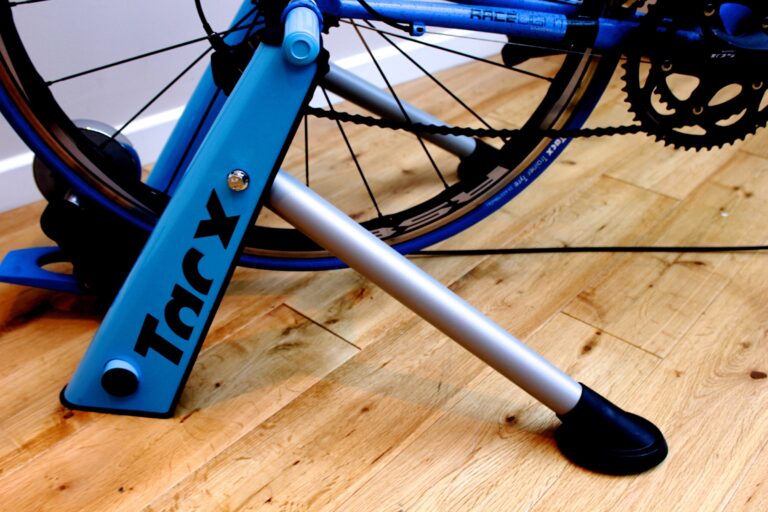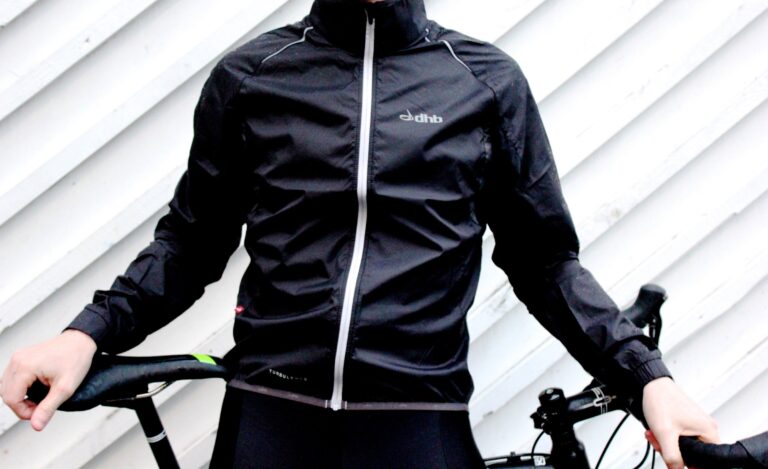Ever cycled up a volcano?
The 1,200m ascent from the hotel of the Shimano press camp to road’s end at 1,835m when scaling Mount Etna from the south side is the hardest climb I’ve tackled: harder even than the Alpine climbs of La Plagne, the Col de la Madelaine, and the Cormet de Roselend.
The hotel driveway is built on similar lines to the Mur de Huy, and it’s, well, uphill from there. Select first gear, remain there for more than an hour, shifting to higher ratios for only the briefest of plateaus. The descent provides an entirely different experience, of course, and is the reason the Japanese component giant has invited cycling’s international press corps here to test its new hydraulic disc brake for road bikes.

Long, and seemingly endless strips of rusted Armco point the way to Etna’s blackened summit, where an unbroken run of twists, turns, and hairpins suddenly gives way to a flat and open promontory: a barren home to cafes, hotels, and gift shops conducting a presumably precarious trade just a few metres by ski lift below what must be the scene of the action should trouble ensue.
The prospect of an eruption, however, is far from my thoughts as I edge closer to the summit, metre by painful metre. A glance upwards early in the climb is rewarded with a first glimpse of Etna’s mighty summit, which seems, even with the ability of giant structures to foreshorten distance, a long way off. I opt then for the psychological safety of fixing my gaze on the ever unfurling section of road a few metres ahead.
Dropping a bottle is never good news, but to do so on such vertiginous gradient is to gain an object lesson in the rolling efficiency of the humble bidon. In my haste to recover the lost object, I follow its path to the ‘wrong’ side of the road. The prospect of being squashed by any of the numerous tourist coaches en route from the summit to less isolated areas of Sicily is no less appealing than chasing a bottle back to the hotel, however.
Some of Etna’s corners are so steep, they are banked. In other places, the constantly twisting road is broken with straight sections, deployed, presumably, wherever the engineers of this unique highway considered it safe to do so. En route to the summit, they offer nothing more than unbroken torment; on the way down, however, they deliver the rider into the following corner, often a hairpin, at unnerving speed.
The surface becomes notably rougher as the summit approaches, and the cyclist is forced inside the white line at the edge of the road in search of traction. The blackened soil beneath the surprisingly abundant foliage has an unnatural quality, containing something of menace. This may only have been the gradient, however.

Cross winds whip across the road as the final third of the climb begins. The cooling effect is a welcome one on the way up. My ascent, made in mid-October, is still conducted in temperatures just above 20 degrees, and I hastily revise my initial response. The wind is no friend on the descent, however. My wheels, Shimano’s 30mm disc compatible RX31, are not especially deep, but the gusts make their presence felt, regardless.
Arriving at the summit, the cyclist is suddenly faced with new challenges: navigating the formless stream of vehicles and pedestrians and locating his colleagues. I am fourth to arrive at the summit: no bad result, given the presence of Madison Genesis’ Chris Snook and two of the more rapid members of the British press pack. It’s likely they’ve been there some time before my arrival, but they’re too polite to say.
I ‘allow’ them a headstart on the descent, opting to avoid adding to the danger by forcing them to overtake me. Your correspondent is a rider of, ahem, limited descending skill, and navigating turns at 40mph on the ‘wrong’ side of unfamiliar roads while avoiding oncoming traffic is no place to ride beyond your abilities. By the time I reach the first corner, Shimano’s purpose in choosing Etna is clear. You’ll be able to read much more on their hydraulic road disc brakes in a series of articles to come, but there is not much that focuses the mind more on the ability of a brake to slow you down than a high-speed descent.
The descent provides a frustrating but unexpected bonus for a rider engaged in brake testing in the form of a coach; not a trainer with a megaphone, you understand, but the four-wheeled variety, slow and cumbersome, but long enough to make overtaking on a series of hairpin bends a liability. The last few kilometres are spent attempting to maintain a constant but safe distance from its back bumper, while following it blindly into corners, denies any glimpse of the road ahead.
Today, a new challenge awaits: the same climb on a machine with Shimano Ultegra caliper brakes, by way of forming the ultimate comparison. Will the humble rim brake provide sufficient stopping power and control? Here’s hoping!





